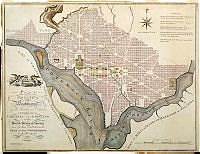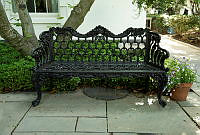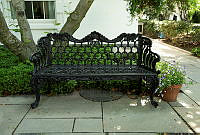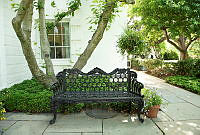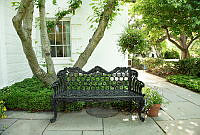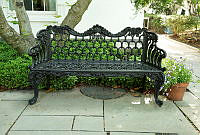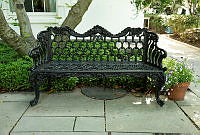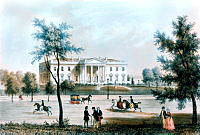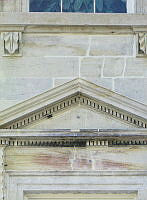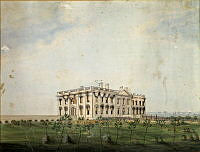Scars from the Fire of 1814 on Stonework, White House Collection
This photograph of burn marks on the White House stonework was taken by Erik Kvalsvik in 1990, during the George H. W. Bush administration. Following a two year report, the White House underwent a renovation that included the removal of approximately 30 layers of paint and took place over 25 years, from 1980 to 1996. This process revealed scarring beneath the paint, sustained when the British burned the White House during the War of 1812.
